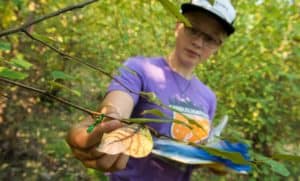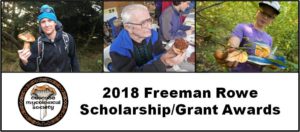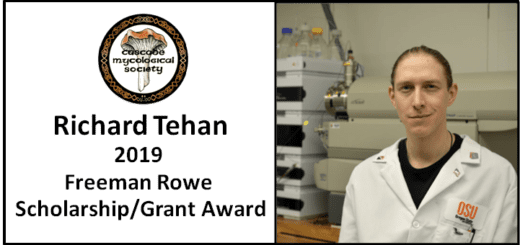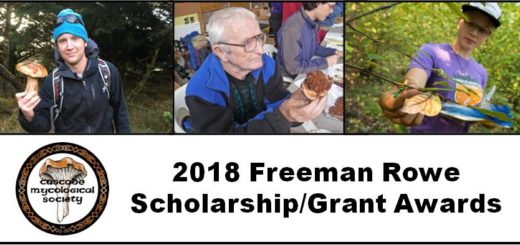Gillian Bergmann 2018 Scholarship Recipient
Grant Proposal Submission by Gillian Bergmann
Characterizing fungal endophytes of Pseudotsuga menziesii var. menziesii (coastal douglas fir) and their role in seedling drought response
Gillian E. Bergmann
Oregon State University Honors College, Major: Bioresource Research

Gillian Bergmann
Professional Goals and Interests: My overall professional goal is to pursue a Ph.D. in fungal ecology/mycology and become a research professor in this field. My primary interest in this field is studying fungal endophytes of forest plants and seeds, with a secondary interest in seed systems of crop plants.
Project Background: In recent years, there has been growing study and appreciation for the impacts of endophytic microbial communities on plant biology and ecology. Composed of bacteria and fungi living within asymptomatic plant tissues, the endophytic community confers an array of benefits to their hosts in response to disease, environmental stresses and nutrient needs for growth (Busby et al. 2017). Such benefits suggest potential applications for using these microbial communities in management practices within agriculture, the timber and nursery industries, as well as in ecosystem restoration and conservation. Development of these applications is also of importance when considering management practices in response to climate change and environmental degradation. Seed endophytes, in particular, represent a potentially vital influence on early plant development because they are vertically transmitted, and can affect plant germination and mortality of young seedlings (Nelson 2017). While there are great opportunities to employ beneficial seed endophytes in agriculture and other fields, we currently don’t know enough about seed microbial communities to design specific applications. This is especially true for seed microbial communities of species in natural ecosystems, which are still heavily understudied (Nelson 2017).
For example, Coastal Douglas-fir (Pseudotsuga menziesii var. menziesii) is an important native species in the Pacific Northwest, acting as a dominant pioneer in many forest systems and quickly establishing after forest fires (Agee 1991; Uchytil 1991). This tree is also a major component of the timber and nursery industries due to its strong wood and fast growth rate (Watts et al. 2015), and is commonly used in Christmas tree farms and landscaping (Allen and Owens 1972). With the growing impacts of climate change on moisture conditions in the Pacific Northwest, land managers are concerned with finding new methods and seed sources to make P. menziesii stands more tolerant to drought, which can slow tree growth and increase seedling mortality (Watts et al. 2015). Since there is a strong environmental effect on the drought resistance of P. menziesii (Watts et al. 2015), it is possible that fungal endophytes play a role in tree adaptability due to the effect of location on community composition (Busby et al. 2017). Such endophytes could be harnessed in improving P. menziesii drought tolerance, but despite the ecological and economic importance of P. menziesii in the region, the seed and seedling microbial communities of this plant have been the focus of only one published paper (Bloomberg 1966). In this study, the presence of fungi associated with seed and seedlings of P. menziesii was identified in all tissues of plants from two nurseries (Bloomberg 1966). However, the composition of the endophytic community in seeds and its functional role has not been investigated.
Project Objectives: The overall goal of this project is to investigate the impact of tree provenance on the composition of endophytic communities of P. menziesii, and then to determine how endophytes from different provenances influence germination, survival, growth, and drought tolerance in P. menziesii.
In particular, my research will address two objectives questions:
- Do fungal endophyte communities from seeds differ according to different population locations across the Pacific Northwest?
- What roles do specific endophytes play in seedling response to drought stress?






